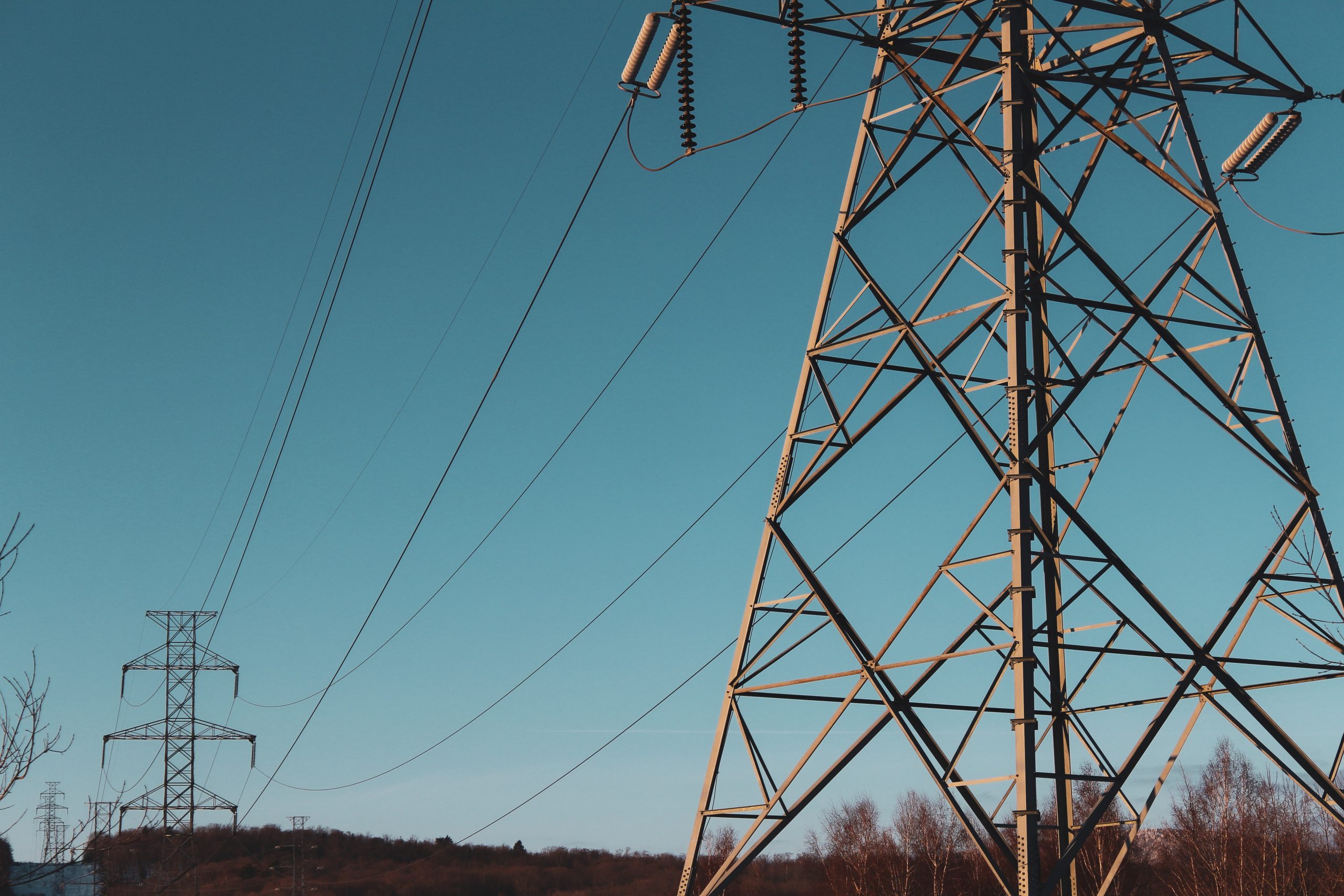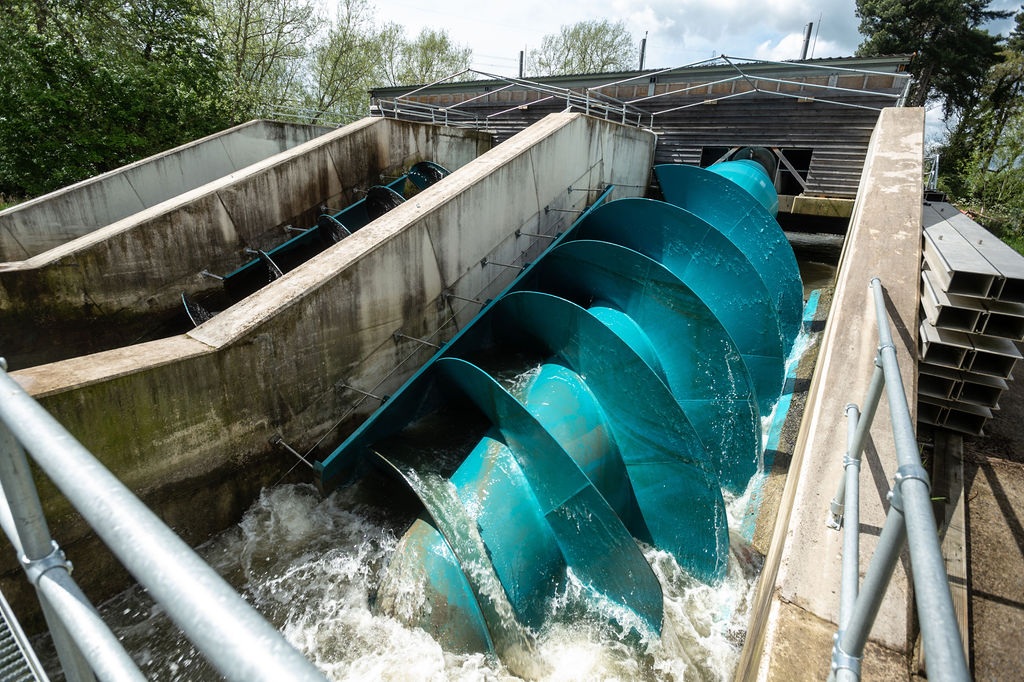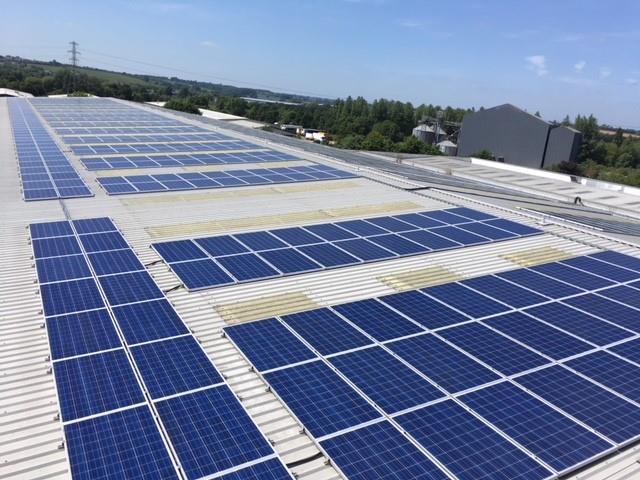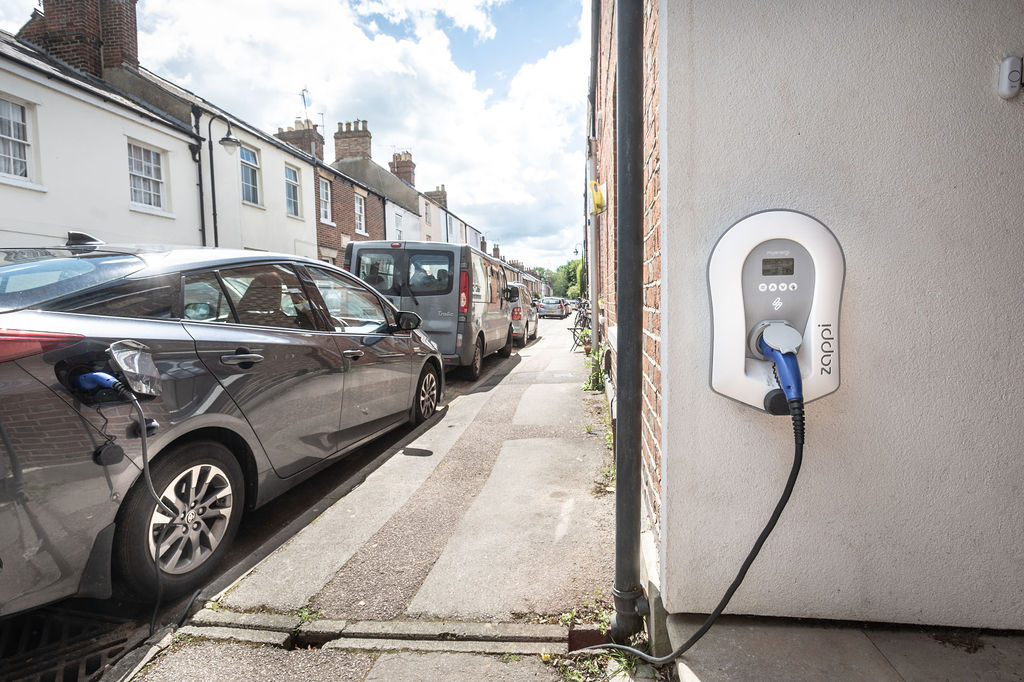- News
- Can flexibility solve the energy challenge?
As the recent government paper ‘Transitioning to a net zero energy system: smart systems and flexibility plan 2021’ highlighted, flexibility is going to be a crucial part of meeting our net zero carbon targets.
“It will be very difficult to achieve the deep power sector decarbonisation needed to achieve the sixth Carbon Budget without significantly higher levels of system flexibility.” 1
The development of flexibility services is set to create benefits for the energy networks and energy users as well as the wider economy. In this blog post, the Low Carbon Hub’s Social Impact Director, Saskya Huggins, sets out the challenge we’re facing in our energy system and how flexibility services can help.
Author’s note on terminology: In this post we use ‘network’ to refer to the wires and switches. ‘System’ refers more widely to the collection of networks, energy assets (such as solar panels and batteries) as well as the people that use energy.
The way we power our world is changing
The challenge of climate change means we need to find ways to meet our energy needs without burning fossil fuels. This will require big changes to the way we generate, store, and use energy; changes that are already well underway.
For decades we relied on fossil fuels to power our lives. Our electricity was generated in large coal and gas fired power stations, our cars run on petrol and our heating often fuelled by oil and gas.
Renewables such as solar, wind, and hydro, have offered us a clean alternative to carbon based fuels and are shifting our electricity generation from a small number of large power stations to thousands of small sites of generation, often situated much closer to where we use our power. The growth of renewables also gives us the opportunity to decarbonise our transport and heating by switching to electricity.
The electricity networks have a vital role to play in facilitating the transition to a zero carbon energy system, but these changes will put the networks under increasing pressure.
We have a choice ahead of us
To alleviate this pressure, we could focus on making disruptive and costly reinforcements to super-size our electricity networks. Or, we could get much smarter about the way we use our existing networks and increase our local renewable generation.
Our electricity networks are built to withstand big, but infrequent, peaks in energy demand, during extremely harsh dark winter tea-times or the ad break in the world cup final for example. For much of the time it has spare capacity. If we can become more flexible in the way we use and store power, getting better at balancing the peaks and troughs of our demand and generation, we can use the current network to deliver much more electricity. This may also reduce the costs to all of us for using this power.
In turn, we can then be much more strategic about our investments – pin-pointing precisely where the network would most benefit from investment, instead of wholesale reinforcement. We can also focus on delivering improvements at the very edge of the grid, where we interact with the electricity networks, making our homes and organisations smarter and more energy efficient. This in turn saves money on our bills and frees up further capacity in the electricity system.
The way we manage our energy system is changing too.
Energy system users – that’s everyone who is consuming or generating electricity – usually access the system by connecting to their local distribution network. These are managed by the Distribution Network Operators (DNOs). The electricity network delivers electricity on behalf of electricity suppliers (who you pay through your electricity bill) and distribute generation from local renewable installations.
The electricity network needs to continuously balance supply and demand nationally, and manage pressures on the network and congestion locally, to safely and reliably meet our energy needs.
Historically, we balanced energy demand and generation in real-time by increasing or decreasing generation in power stations. We stored energy in the form of coal or gas, until the moment we needed it. In contrast, although renewable generation is predictable, its immediate availability is dependent on external forces like sun and wind.
As renewables provide an increasingly large share of our electricity, it will become harder to match demand simply by generating more electricity exactly as we need it (you can’t turn up solar generation at night for example). We need to find new strategies to help balance the supply and demand in real time.
As the electrification of heating and transport increases our overall demand for electricity, we also need to find ways to level out the rising peaks in demand, to ensure our distribution networks can keep providing a reliable and affordable service.

Can flexibility solve the energy challenge?
This is where flexibility comes in. We have defined flexibility as:
“Making temporary changes in the way you consume, generate, or store electricity when requested, to support a more efficient use of the energy network.”
To meet our increasing demand for electricity for heating and transport, we need to do just that: use the existing infrastructure more efficiently. Flexibility services can help. There are a range of different services available, all at different stages of maturity.
Head to the Understanding flexibility services page to read about the individual services. You can also read more about the benefits of flexibility.
The role of Project LEO
As part of Project LEO, we are running trials and tests on flexibility and local energy approaches to help accelerate the transition to a zero carbon energy system.
We are focused on understanding how flexibility at the ‘grid edge’, where energy is put to use in our homes and businesses, can help us reach our net zero ambitions as well as bring value to people, communities, and the energy network.
Our work will help develop the plans, policies, technologies, and investments needed now to enable flexibility services to function at the scale and speed required to meet our zero carbon targets by 2050.
There’s a lot of work to be done to develop flexibility services and markets, but we believe our expert team of cross-sector partners are in an excellent position to rise to the challenge.
[1] Government policy paper ‘Transitioning to a net zero energy system: smart systems and flexibility plan 2021. 20 July 2021. https://www.gov.uk/government/publications/transitioning-to-a-net-zero-energy-system-smart-systems-and-flexibility-plan-2021



